Will The Federal Reserve Maintain Interest Rates? Economic Indicators Point To A Hold
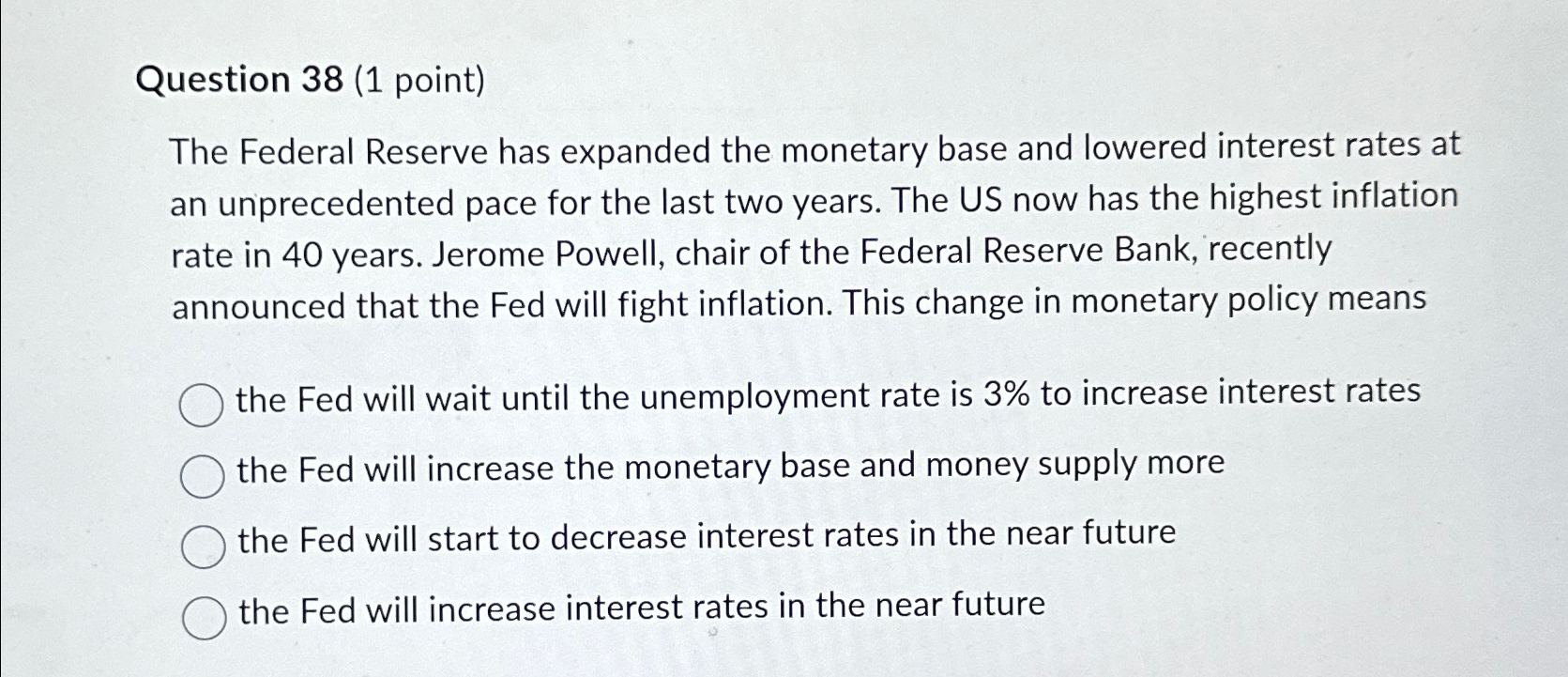
Table of Contents
Inflation: The Key Driver of Interest Rate Decisions
Inflation remains the dominant force shaping the Federal Reserve's monetary policy decisions. The Fed's primary mandate is to maintain price stability, and its actions regarding interest rates are heavily influenced by the current inflation rate and its trajectory.
CPI and PCE Data: A Closer Look at Inflationary Pressures
Recent data from the Consumer Price Index (CPI) and the Personal Consumption Expenditures (PCE) index – the Fed's preferred inflation gauge – offer crucial insights. Analyzing these figures helps determine whether inflation is cooling down or remains stubbornly high.
- CPI: The July CPI showed a slight decrease in headline inflation, but core inflation (excluding volatile food and energy prices) remained elevated. This suggests underlying inflationary pressures persist.
- PCE: Similarly, the PCE data showed a moderation in inflation, but the core PCE remains above the Fed's target of 2%.
- Energy Prices and Supply Chain Disruptions: Fluctuations in energy prices and ongoing supply chain issues continue to exert significant pressure on inflation, creating volatility in the data and making accurate forecasting challenging.
Inflation Expectations: A Self-Fulfilling Prophecy?
Inflation expectations, reflecting consumers' and businesses' beliefs about future inflation, play a crucial role. High expectations can become a self-fulfilling prophecy, as businesses may raise prices anticipating higher future costs, and consumers may increase spending fearing higher prices later.
- University of Michigan Consumer Sentiment Index: This index, along with other similar surveys, tracks consumer sentiment regarding inflation. Rising expectations indicated in these surveys could prompt the Fed to act more aggressively.
- Market-Based Inflation Expectations: Indicators like inflation-indexed bonds (TIPS) also provide insights into market participants' expectations for future inflation.
The Fed's Inflation Target: A Guiding Star
The Fed's explicit 2% inflation target serves as a benchmark for its policy decisions. Current inflation rates significantly exceeding this target suggest the Fed might be reluctant to maintain interest rates without further action, potentially aiming to bring inflation back down to the desired level.
Employment Data: A Balancing Act for the Fed
The employment situation presents a critical challenge for the Fed. While strong employment growth generally signals a healthy economy, it can also contribute to wage inflation, further fueling inflationary pressures. The Fed must carefully balance its goals of price stability and full employment.
Unemployment Rate: A Complex Picture
The current unemployment rate provides valuable insights. A low unemployment rate, while positive for the labor market, could indicate tightness in the labor market, leading to increased wage pressures and, subsequently, higher inflation.
- Unemployment Claims: Weekly initial jobless claims offer a real-time snapshot of the labor market's condition. A sustained decline in claims suggests robust job growth.
- Job Creation Numbers: Monthly non-farm payroll figures highlight the number of new jobs created. Strong job growth contributes to a tighter labor market.
- Labor Force Participation Rate: This metric indicates the proportion of the working-age population actively participating in the labor force. An increase in participation can ease labor market tightness.
Wage Growth: A Key Inflationary Driver
Rapid wage growth can contribute directly to inflationary pressures, as businesses pass increased labor costs onto consumers in the form of higher prices. Therefore, the Fed closely monitors wage growth data.
- Employment Cost Index (ECI): The ECI measures the total compensation costs for employers, encompassing wages, salaries, and benefits. High ECI growth raises concerns about wage-driven inflation.
Other Economic Indicators: A Holistic View
A comprehensive assessment of the Fed's likely decision necessitates examining other key economic indicators that provide a more holistic view of the economic landscape.
GDP Growth: A Measure of Economic Health
The Gross Domestic Product (GDP) growth rate offers a broad measure of the overall economy's health. Sluggish GDP growth might support the Fed maintaining interest rates to avoid further slowing economic activity.
- Recent GDP Growth Figures: Analyzing recent GDP growth figures, along with their key components (consumer spending, investment, government spending, net exports), provides insights into the economy's strength.
Consumer Spending: Fueling Growth or Inflation?
Consumer spending constitutes a significant portion of the U.S. economy. Robust consumer spending can fuel economic growth but can also contribute to inflationary pressures if demand outpaces supply.
- Retail Sales Data: Monthly retail sales figures provide an indication of consumer spending trends.
- Consumer Confidence Indices: These indicators gauge consumer sentiment, revealing their willingness to spend.
Market Reactions and Expert Opinions: Gauging the Sentiment
Analyzing market reactions and expert opinions adds another dimension to the prediction of the Federal Reserve’s next move. These offer valuable insights into market expectations and the prevailing sentiment.
Bond Market Yields: A Forward-Looking Indicator
Treasury bond yields often reflect market expectations regarding future interest rate changes. Rising yields frequently signal anticipated rate hikes, while falling yields may suggest a potential hold or even rate cuts.
- Recent Changes in Bond Yields: Analyzing the recent trends in treasury yields provides a glimpse into what the market anticipates the Federal Reserve will do.
Analyst Forecasts: A Divergence of Views
Financial analysts and economists offer diverse perspectives on the Federal Reserve's next move. Considering these varying opinions provides a comprehensive picture of the uncertainty surrounding interest rate decisions.
- Consensus Forecasts: While not always accurate, it’s valuable to analyze the consensus forecasts of leading economists and financial institutions to gauge the overall market sentiment.
Conclusion: Will the Federal Reserve Maintain Interest Rates? A Look Ahead
Based on the analysis of key economic indicators, the likelihood of the Federal Reserve maintaining interest rates remains uncertain. While inflation shows signs of cooling, it still remains above the Fed's target, and the strength of the labor market presents a potential challenge. Further data releases and evolving economic conditions will be crucial in shaping the Fed's future decisions. The ongoing interplay between inflation, employment, and economic growth will dictate whether the Fed chooses to maintain interest rates, or if further adjustments are necessary. To stay informed and effectively navigate this complex economic landscape, continue following key economic indicators and monitoring interest rate decisions closely. Understanding the factors influencing interest rate decisions is vital for businesses and consumers alike.

Featured Posts
-
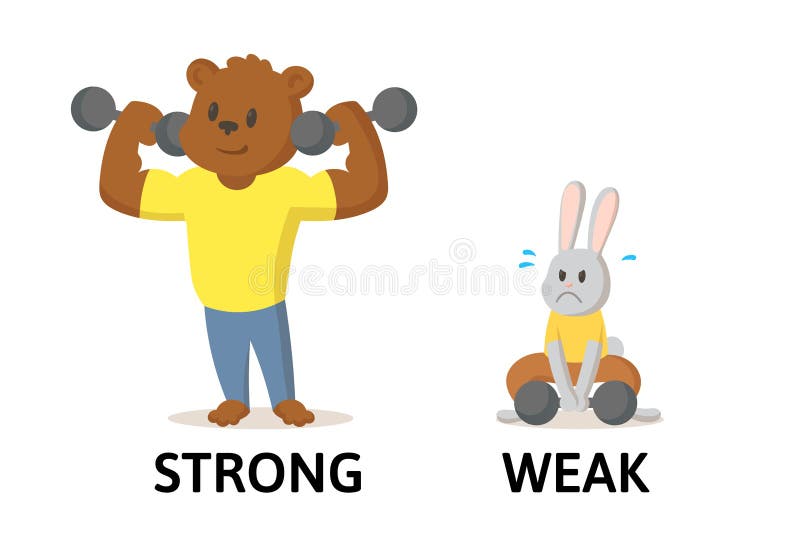 India En Brekelmans Hoe Een Sterke Band Te Behouden
May 09, 2025
India En Brekelmans Hoe Een Sterke Band Te Behouden
May 09, 2025 -
 Trumps Tariffs 174 Billion Wipeout For Top 10 Billionaires
May 09, 2025
Trumps Tariffs 174 Billion Wipeout For Top 10 Billionaires
May 09, 2025 -
 Home Office Intensifies Asylum Restrictions Focus On Three Nations
May 09, 2025
Home Office Intensifies Asylum Restrictions Focus On Three Nations
May 09, 2025 -
 When Are The Champions League Semi Finals Barcelona Inter Arsenal Psg Dates
May 09, 2025
When Are The Champions League Semi Finals Barcelona Inter Arsenal Psg Dates
May 09, 2025 -
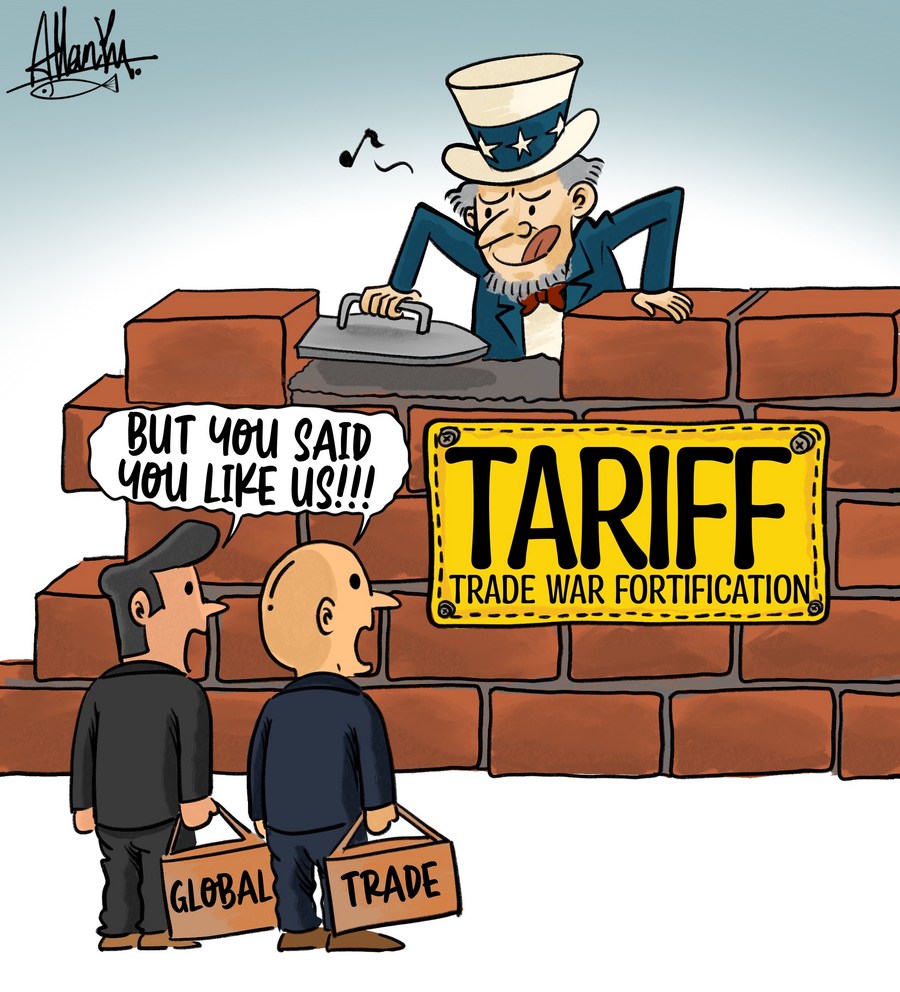 Trumps Trade War Senator Warner On The Persistence Of Tariffs
May 09, 2025
Trumps Trade War Senator Warner On The Persistence Of Tariffs
May 09, 2025
Latest Posts
-
 Indian Insurers Plea For Streamlined Bond Forward Rules
May 10, 2025
Indian Insurers Plea For Streamlined Bond Forward Rules
May 10, 2025 -
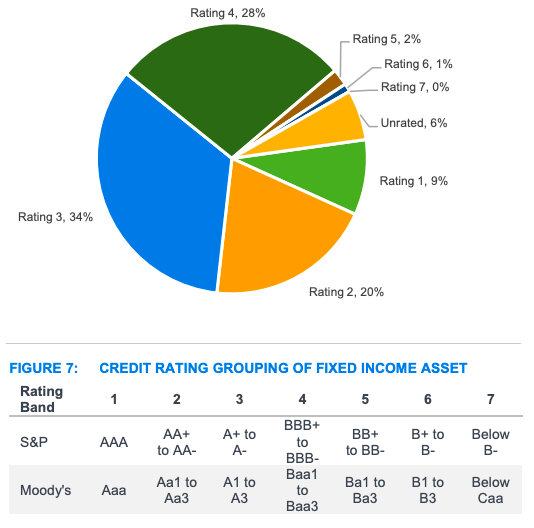 Regulatory Changes Urged Indian Insurers And Bond Forward Trading
May 10, 2025
Regulatory Changes Urged Indian Insurers And Bond Forward Trading
May 10, 2025 -
 New Rules Sought Indian Insurers Target Bond Forward Market
May 10, 2025
New Rules Sought Indian Insurers Target Bond Forward Market
May 10, 2025 -
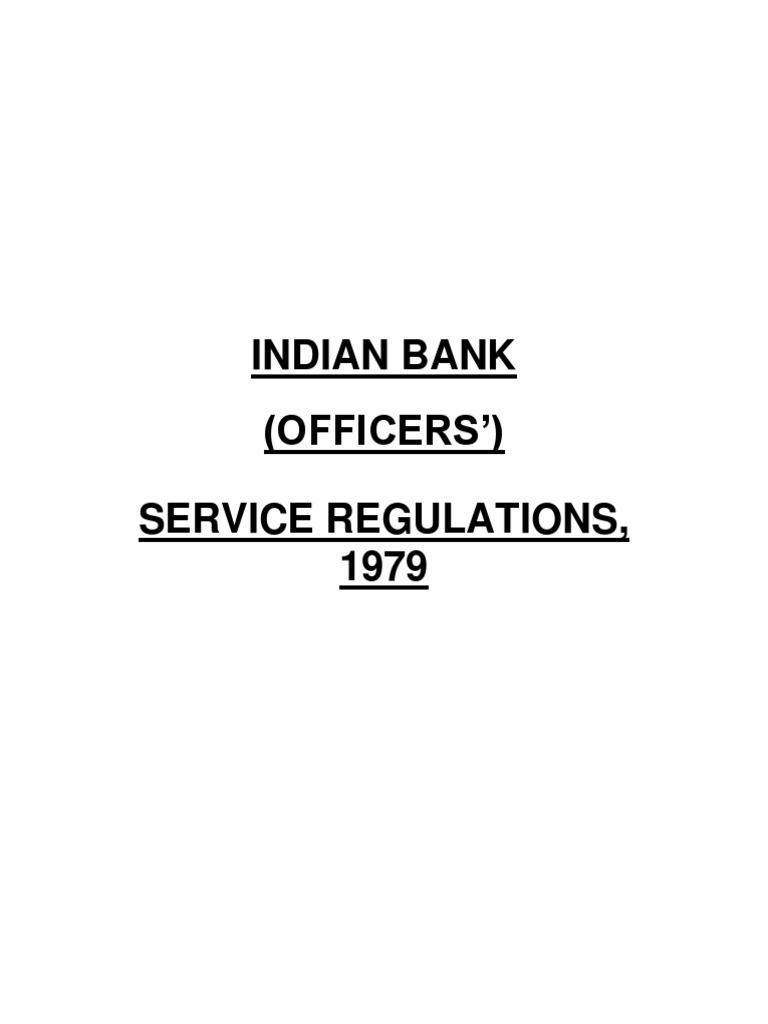 Indian Insurers Advocate For Simplified Bond Forward Regulations
May 10, 2025
Indian Insurers Advocate For Simplified Bond Forward Regulations
May 10, 2025 -
 Bof As Reassurance Are Stretched Stock Market Valuations A Cause For Concern
May 10, 2025
Bof As Reassurance Are Stretched Stock Market Valuations A Cause For Concern
May 10, 2025
